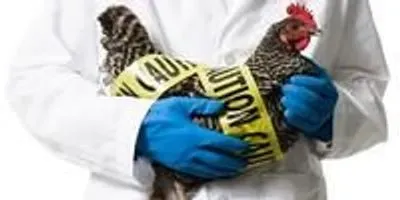For labs dealing with infectious substances, a biosecurity plan is just as important as a strong safety program. Biosecurity plans are designed to prevent the misuse, intentional release or theft of infectious agents. Such plans depend on what type of laboratory you manage; before creating a biosecurity program, you’ll need to consider the local environment, the kind of diagnostics and research your organization does, and the nature of your facility.
You should also be sure to include law enforcement agencies if necessary in the creation of your plan, along with maintenance workers, lab staff, security staff, safety officers, principal investigators, administrators, and scientific directors. Here are the main areas you should think about when drawing up your biosecurity plan:
Physical Protection. This involves the protection of the actual building housing your lab, including things such as locks on doors, perimeter security and practices limiting entry into the most sensitive areas of your lab such as areas where infectious agents are stored and animal testing areas.
Personnel Suitability/Reliability. It’s important to make sure staff undergo criminal background checks if they will be handling infectious agents. This section also involves ID badges for staff, limiting access to visitors, biosecurity training for staff, and anything else dealing with those who work in and visit your lab.
Pathogen Accountability. These procedures deal with the inventory requirements for transfers within and outside your laboratory, inactivation and disposal of cultures after they’ve been used, tracking of internal possession and proper labeling of substances.
Biosecurity Incident and Emergency Response. This part of your biosecurity plan involves how security issues are reported and investigated in your facility. Security issues can include everything from unauthorized entry to missing infectious agents. You should also consider how you and your staff will deal with natural disasters, unintentional events such as releasing pathogens by mistake, and intentional events such as bomb threats. The proper training should be provided to all staff these plans will affect.



